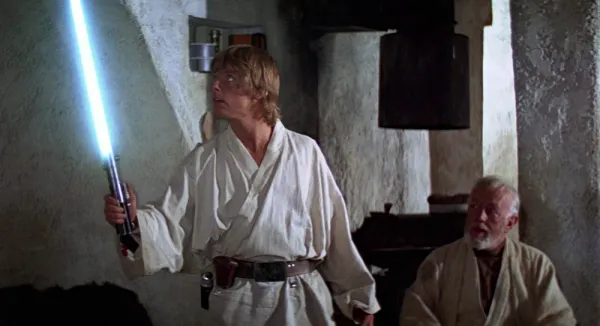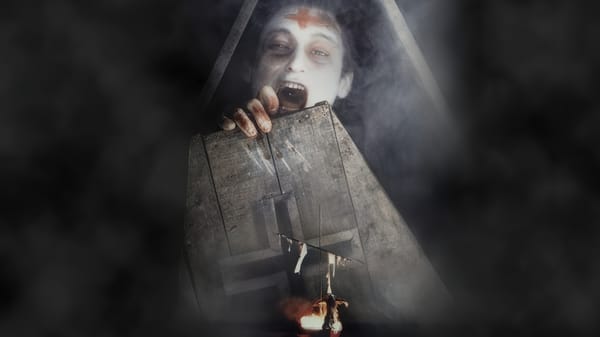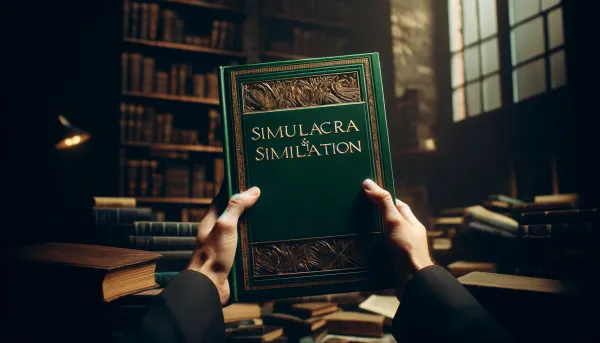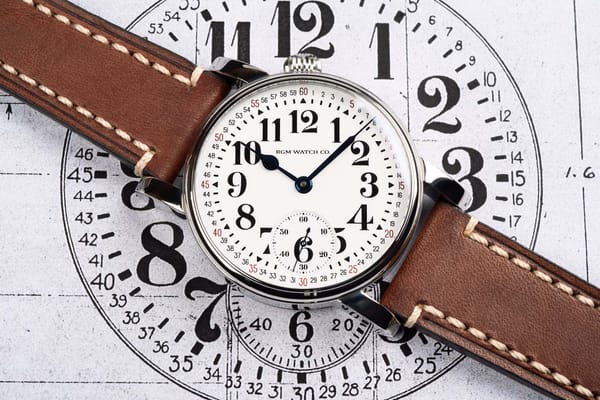The Doomed Mouse Utopia That Inspired the ‘Rats of NIMH’
Dr. John Bumpass Calhoun spent the ’60s and ’70s playing god to thousands of rodents.
:extract_focal()/https%3A%2F%2Fs3.amazonaws.com%2Fpocket-syndicated-images%2Farticles%2F1477%2F1567099027_image.jpg)
On July 9th, 1968, eight white mice were placed into a strange box at the National Institute of Health in Bethesda, Maryland. Maybe “box” isn’t the right word for it; the space was more like a room, known as Universe 25, about the size of a small storage unit. The mice themselves were bright and healthy, hand-picked from the institute’s breeding stock. They were given the run of the place, which had everything they might need: food, water, climate control, hundreds of nesting boxes to choose from, and a lush floor of shredded paper and ground corn cob.
This is a far cry from a wild mouse’s life—no cats, no traps, no long winters. It’s even better than your average lab mouse’s, which is constantly interrupted by white-coated humans with scalpels or syringes. The residents of Universe 25 were mostly left alone, save for one man who would peer at them from above, and his team of similarly interested assistants. They must have thought they were the luckiest mice in the world. They couldn’t have known the truth: that within a few years, they and their descendants would all be dead.




